Our history
Evolution of the
Raqqa Museum
Housed in a former governmental building, the Raqqa Museum became a cultural landmark, displaying artifacts from the 7th millenium BC to the Islamic Middle Ages despite the challenges of war and looting.
Historical Beginnings
Construction and Initial Use
The house was originally built in 1861 as an Ottoman Serail, a governmental building, and is mentioned in historical sources.
Between 1924 and 1928, the French Mandate repurposed many administrative buildings. After Taj ad-Din al-Hasani had been established as the first Syrian president, he initiated a series of similar reorganizations of government buildings in various cities.
Thus, until 1946, the two-storey house and its garden served as residence of the French Governor. (The colourful floor tiles are remarkable and were likely imported from France!)
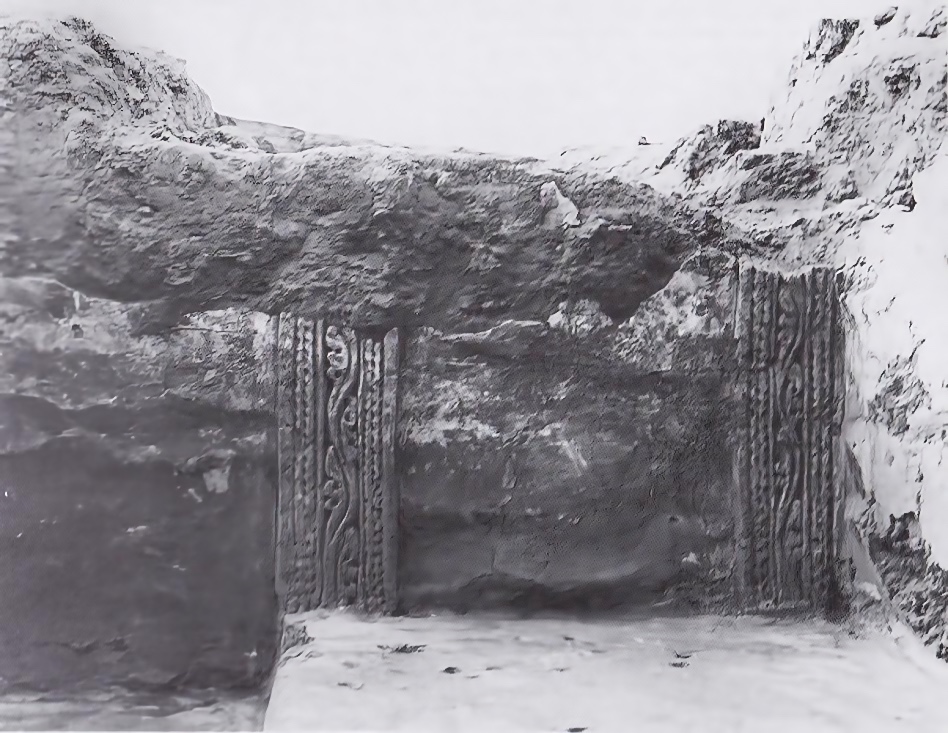
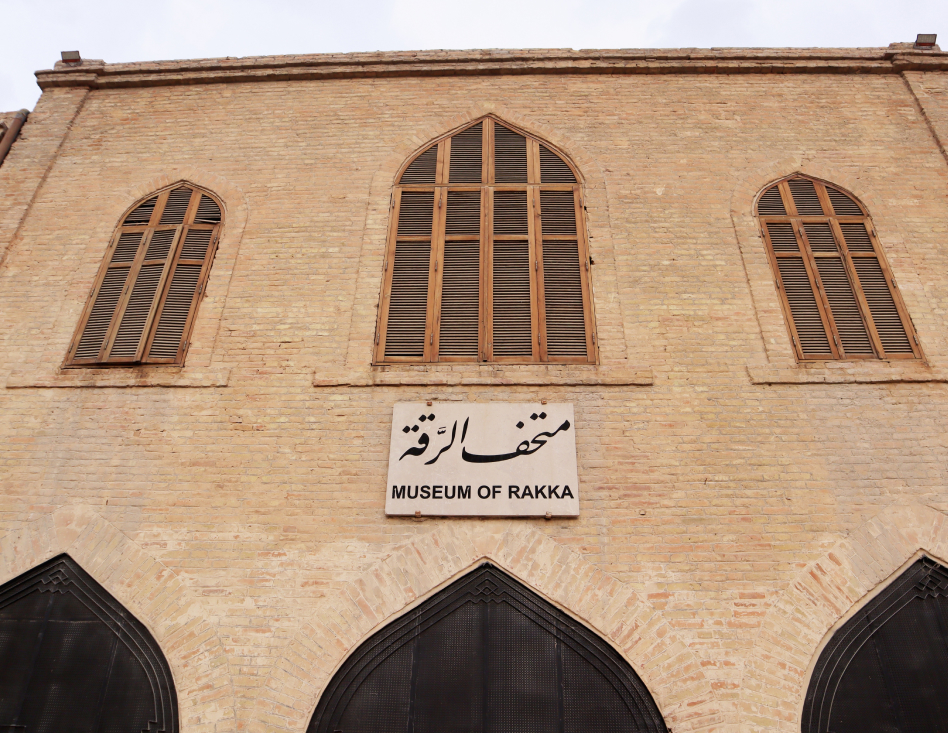
Governmental to Cultural Shift
From governmental to cultural use
From 1946 until 1963, the building became the head-quarter of the Raqqa Police. Subsequently, it was used from 1963 until 1981 as seat of the Raqqa Governorate.
In October 1981, the house was inaugurated as the Raqqa Museum during the Symposium International de l’Histoire de Raqqa. In addition to the indoor exhibitions, the garden displayed larger, heavier objects and those not easily impacted by the climate.
During the next decades, it also accommodated the offices of the Direction Générale des Antiquités et des Musées (DGAM). On the upper floor store-rooms are also available.
Until the civil war in 2011, the Museum displayed objects of more than a dozen international excavation and survey projects, conducted throughout the Raqqa Governate. Their results covered a timespan from the prehistoric 7th millennium BC to the Islamic Middle Ages of the 12 and 13th centuries AD, and beyond.
A New Era of Enlightenment
Collections and Exhibitions
At the entrance the visitors still are greeted by three large mosaics from Halawa. During the Daesh rule, they were disfigured and heavily damaged. Despite recent restoration efforts, they still show some traces of their mistreatment.
On the ground floor, objects from important excavations were displayed: Tall Munbaqa and Tall Sheikh Hassan, both situated on the eastern bank of the Euphrates and now near the lake; Hammam Turkman and Tall Sabi Abyad in the Balikh Valley and Tall Chuera to the north between the Balikh and Khabur rivers.
In a special showcase, a replica of the silver hoard of Rusafa was presented. It consisted of 5 vessels dated to the Crusader period of the 12 and 13th centuries and was apparently buried in fear of the Mongols before their invasion in 1269. The first floor showed finds of ancient periods from Tall Bi’a (predecessor of Raqqa), Tall Halawa and from Tall al-Abd on the eastern bank of the Euphrates River. A second part displayed the early Islamic periods with findings from the Abbasid palaces, the Great Mosque at Raqqa, the Qasr al-Banat and from Raqqa's industrial quarters: Tall Zugag, Tall Aswad and Tall Fukhkhar.
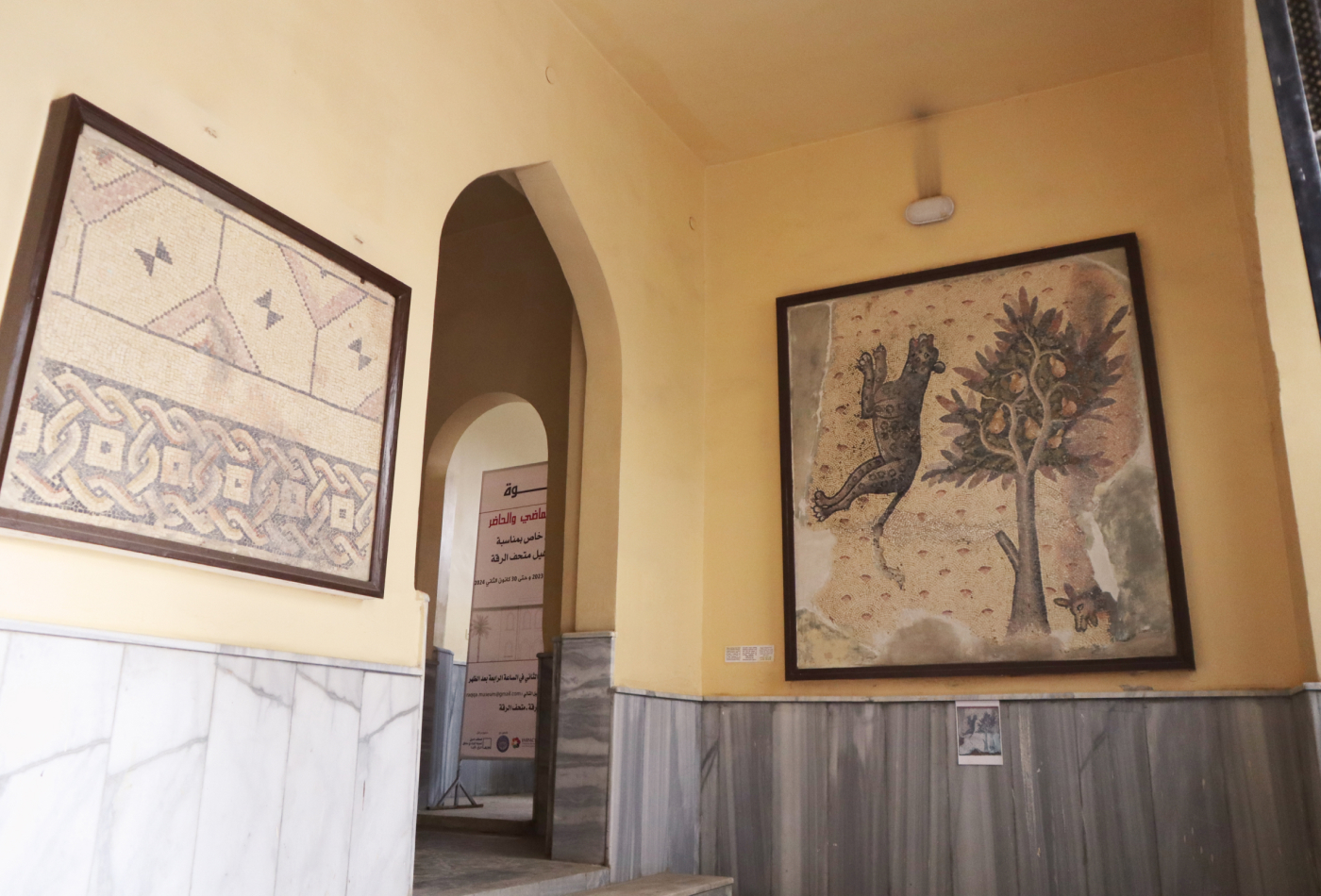
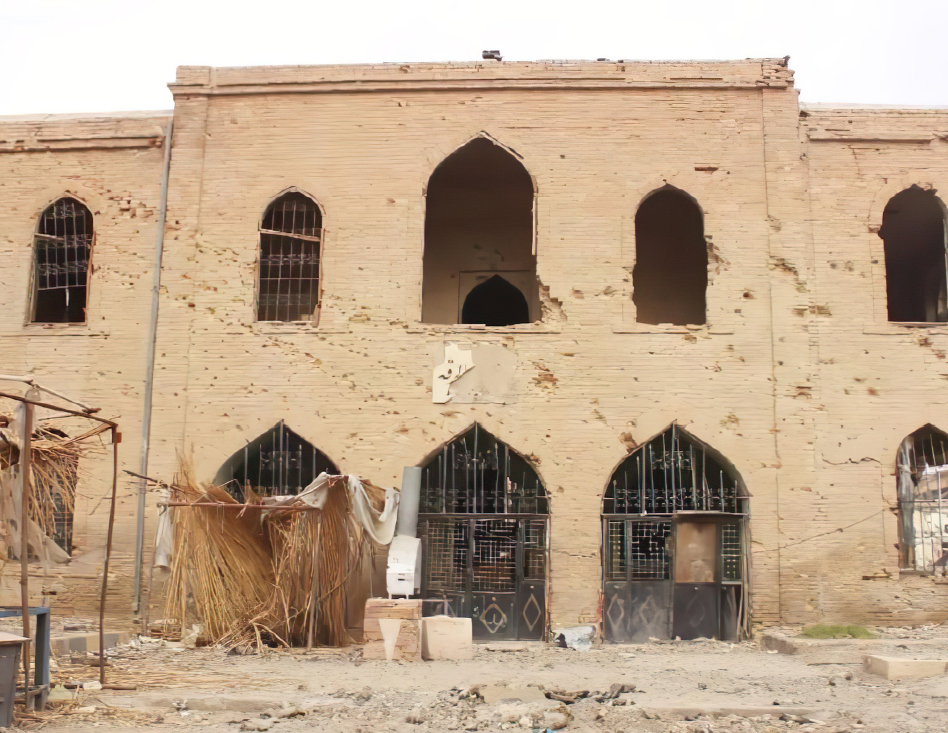
Legacy of Discovery and Conflict
Damage and Rehabilitation
During the years of the Islamic State rule, the Raqqa Museum was heavily damaged and looted. In the aftermath of the conflict, the site was cleared of mines by Tetratech and an initial study was conducted by the American Society of Overseas Research (ASOR).
Diverse Collections Unveiled
Rehabilitation by La Guilde (2019)
In 2019, the Raqqa Museum was rehabilitated by the French NGO, La Guilde, in cooperation with local organizations, ROYA and IMPACT, and in collaboration with the local authorities of the Raqqa Civil Council. This was supported by the International Alliance for the Protection of Heritage in Conflict Areas (ALIPH), based in Geneva, Switzerland, with financial aid from the Principality of Monaco.
In 2022, the same partners launched a preventive conservation project aimed at cataloging the remaining artifacts, improving their storing conditions, and organizing a temporary exhibition with to restore public access to the city's heritage.
The museum reopened to the public in November 2023, marking the culmination of five years of work by all the partners.
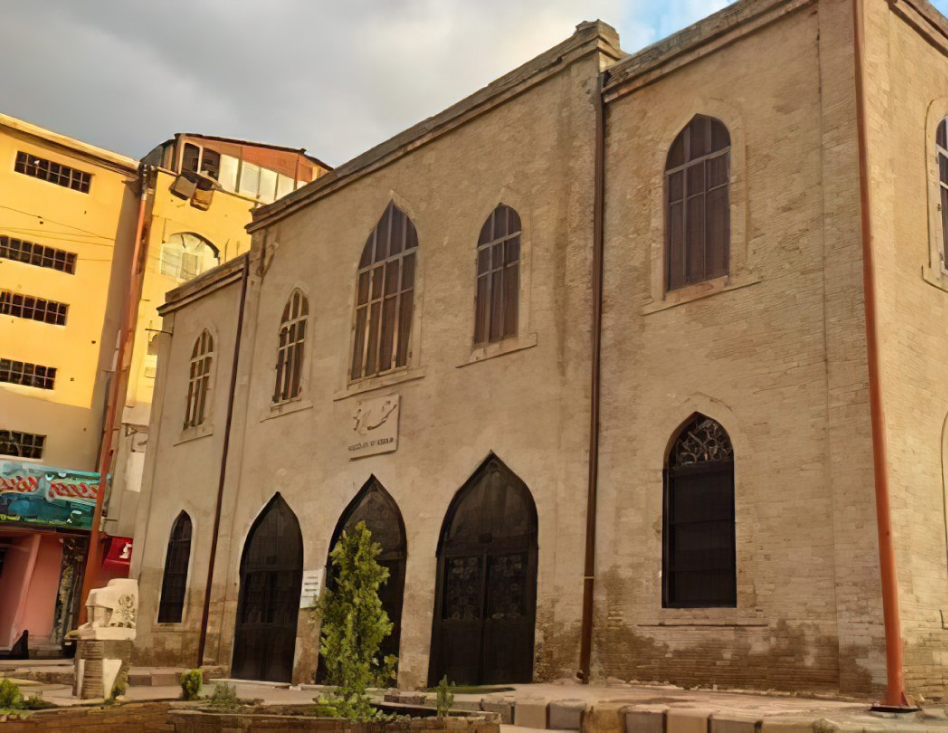
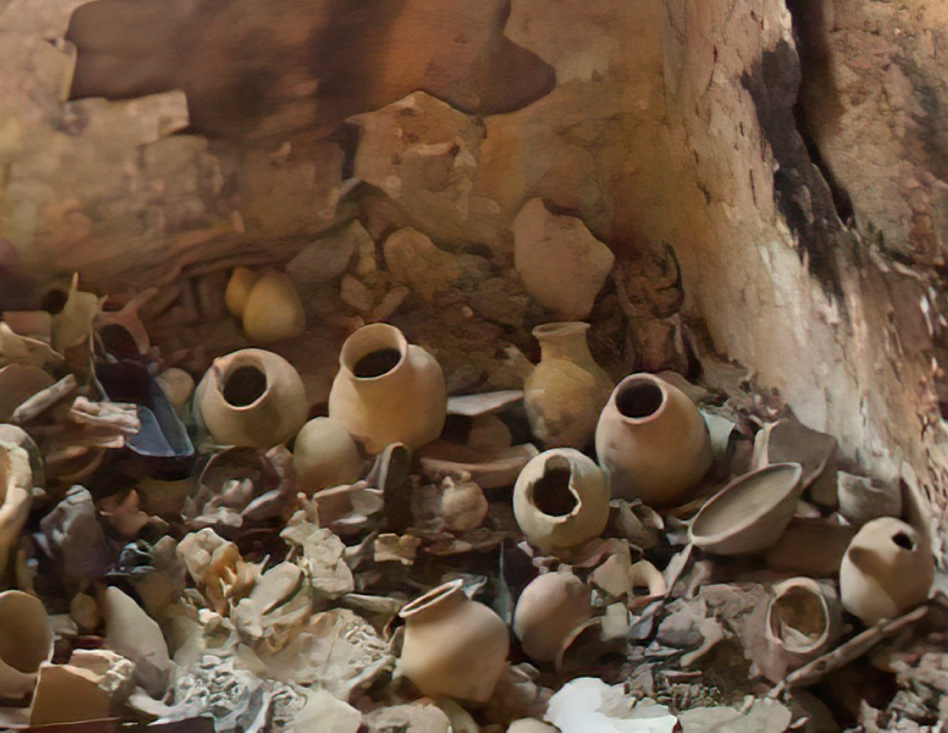
Modern History
Artifact Losses
Unfortunately, out of more than 8,000 objects, only about 880 are left in Raqqa. The whereabouts of the other artefacts are largely unknown, but it is likely that a significant portion has been sold on the illegal international antiques market.